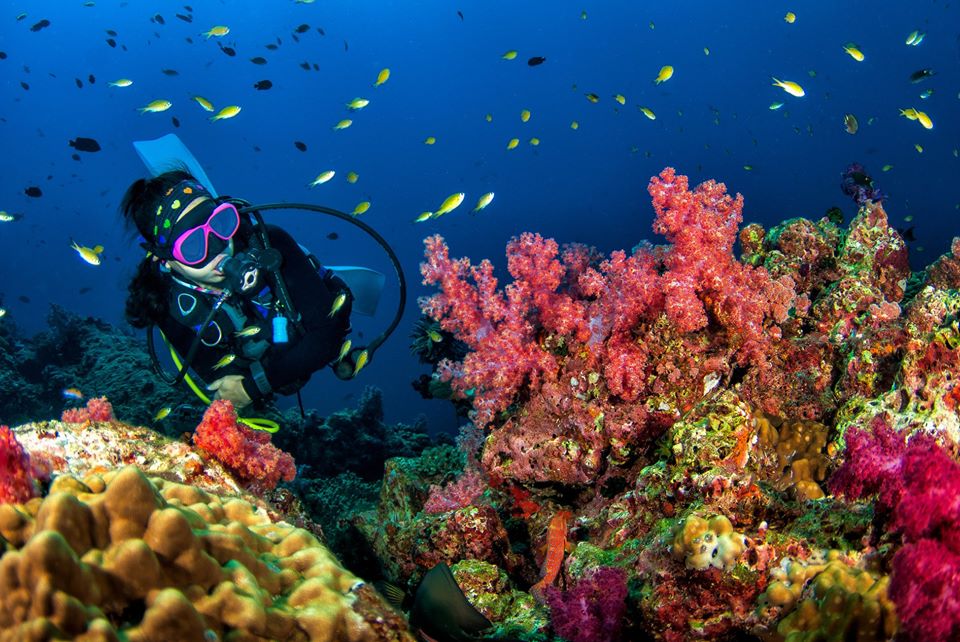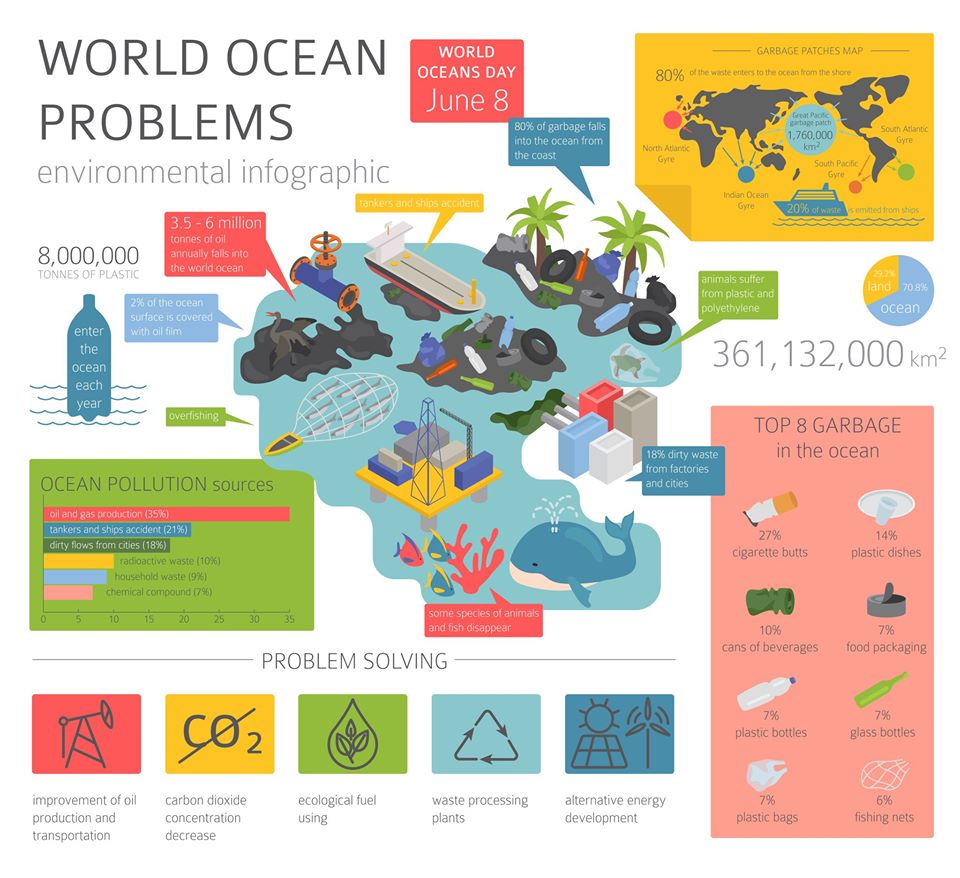The ocean covers over 70% of the planet. It is our life source, supporting humanity’s sustenance and that of every other organism on earth.
The ocean produces at least 50% of the planet’s oxygen, it is home to most of earth’s biodiversity, and is the main source of protein for more than a billion people around the world. Not to mention, the ocean is key to our economy with an estimated 40 million people being employed by ocean-based industries by 2030.
Even though all its benefits, the ocean is now in need of support.
With 90% of big fish populations depleted, and 50% of coral reefs destroyed, we are taking more from the ocean than can be replenished. To protect and preserve the ocean and all it sustains, we must create a new balance, rooted in true understanding of the ocean and how humanity relates to it. We must build a connection to the ocean that is inclusive, innovative, and informed by lessons from the past.
“The Ocean: Life and Livelihoods” is the theme for World Oceans Day 2021, as well as a declaration of intentions that launches a decade of challenges to get the Sustainable Development Goal 14, “Conserve and sustainably use the oceans, seas and marine resources”, by 2030.

Today on World Oceans Day, here is a sneak peek into a report, The Future of Food from the Sea, that examines the current status and future potential of food production from the ocean and the opportunities for achieving the Sustainable Development Goal on Zero Hunger through ocean-based food and also lists 5 reasons on how food from the ocean plays a unique role in sustainable food security:
Climate change – many forms of aquatic foods from the ocean have lower greenhouse gas footprints compared with land-based animal-source foods.
Feed efficiency – compared with production systems for land-based animal-source foods, the production of marine-based foods is much more efficient when considering feed inputs, and some species cultivated in the ocean do not require feed inputs at all (i.e. unfed mariculture).
Production potential – unlike land-based food production, cultivating food from the sea is not limited by constraints such as land and water availability.
Nutrition – foods from the ocean provide multiple essential, highly bioavailable micronutrients: vitamins, minerals and long-chain omega-3 fatty acids which are not found in plant-source foods.
Accessibility – foods from the ocean are readily available to most coastal populations and are an affordable, nutritious and often preferred source of protein for many low-income coastal countries.

However, meeting the food production potential of the ocean will require major global policy shifts, including:
Reducing overfishing of wild fish stocks, which is driven by illegal fishing, capacity enhancing subsidies, a lack of alternative livelihoods, a lack of incentives to protect the underlying resources, poor local and institutional governance and suboptimal management; and
Sustainably expanding mariculture in a manner that minimises environmental and social impacts, including through the cultivation of unfed farmed species such as bivalves and seaweeds; and expand mariculture of species such as finfish and shrimp can contribute significantly to food production, but is challenged by dependence on fishmeal and fish oil as critical feed ingredients. This highlights the importance of identifying and scaling adequate feed alternatives
The Future of Food from the Sea was launched during the International Symposium on Fisheries Sustainability in Rome, Italy, recently, an event co-sponsored by the Food and Agriculture Organization of the United Nations (FAO) and WorldFish. Click to read the full report here.
First appeared on The Fish Tank. Source : United Nations Photo : Shutterstock
For latest travel news and updates, food and drink journeys, restaurant features, and more, like us on Facebook or follow us on Instagram. Read more on Travel and Food Network
The above content piece first appeared as 16 tips to go green on Earth Day.
Source : United Nations Photos : Shutterstock
Trending Now : TFN 2021 Guides
A Week Along The Mesmerizing Amalfi Coast | Travel Guide 2021
48 Hours In Prague And 10 Tips To Make The Most Of It | 2021 Travel Guide
















